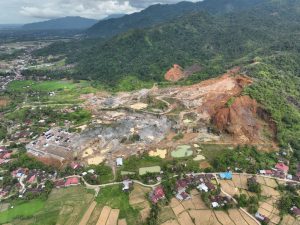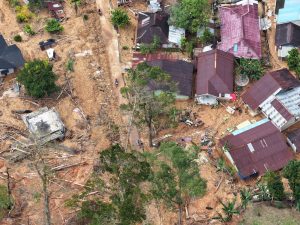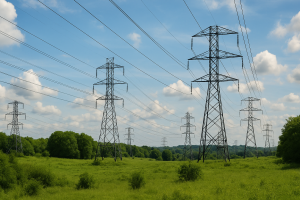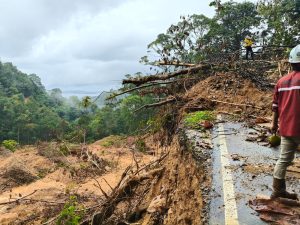Jakarta—The Institute for Essential Services Reform (IESR) asserts that green hydrogen is not just a complement but can be the new foundation of Indonesia’s low-carbon energy economy. Green hydrogen is becoming the new front-runner in Indonesia’s efforts to decarbonise the heavy industry and transport sectors.
Green hydrogen is produced by splitting water molecules using electricity from renewable energy. With increasingly competitive costs and considerable market potential, this clean energy is considered a real solution to reduce carbon emissions in sectors that are difficult to switch to conventional renewable energy.
“Heavy industry sectors such as steel, fertiliser, and oil refineries, as well as heavy transport such as trucks and ships, are difficult to decarbonise. Green hydrogen is the key to decarbonising these sectors,” said Fabby Tumiwa, Executive Director of IESR, at the Global Hydrogen Ecosystem (GHES) 2025 forum, in a written statement, Friday, April 25.
Production costs are falling, and hydrogen fuel opportunities are opening up
Fabby revealed that based on IESR’s analysis, the levelised cost of hydrogen production (LCOH) from solar power plants in Indonesia is currently in the range of USD 4.3 to USD 8.3 per kilogram. However, projections show that the right national strategy could reduce the cost to USD 2 per kilogram before 2040, possibly even before 2030.
“Falling electricity prices from solar and wind energy, as well as cheaper electrolyser technology, are key to reducing costs,” he explained.
To realise this potential, IESR has developed six pillars of green hydrogen ecosystem development, namely: technology and renewable energy by accelerating the construction of solar power plants, wind power plants, and the development of local electrolyser industries; sector integration, by encouraging the use of hydrogen in the fertiliser industry, refineries, and electricity systems; infrastructure by developing pipelines, filling stations, and ports to support distribution and exports.
The next three pillars are: incentives and financing, including SOE offtaker guarantees and price incentive schemes as well as carbon taxes; policies and regulations, including certification, KBLI classification, and supporting regulations for hydrogen projects; and human resource development, such as training, certification, and labour mapping across the hydrogen value chain.
The international market is waiting; Indonesia must move fast
Citing the Deloitte 2023 report, Fabby said the Southeast Asian hydrogen market is expected to reach USD 51 billion by 2030 and jump to USD 141 billion by 2050. One-third of global demand by 2050 is likely to come from cross-border trade.
“Indonesia has great potential as an exporter of green hydrogen, especially with abundant renewable energy sources. But if we don’t start now, other countries can seize the market first,” said Fabby.
To encourage multi-stakeholder synergy, IESR also initiated the Indonesian Green Hydrogen Community (KH2I) through the Green Energy Transition Indonesia (GETI) project. This community is expected to be a space for collaboration between the government, industry players, researchers, and civil society.
For those with similar vision and mission, IESR opens KH2I membership registration through the link s.id/CommunityHydrogen.
“Building a competitive green hydrogen economy requires a coordinated approach, from technology development to international cooperation,” said Fabby. (Hartatik)
Banner photo: Image generated by OpenAI’s DALL·E via ChatGPT (2025)















